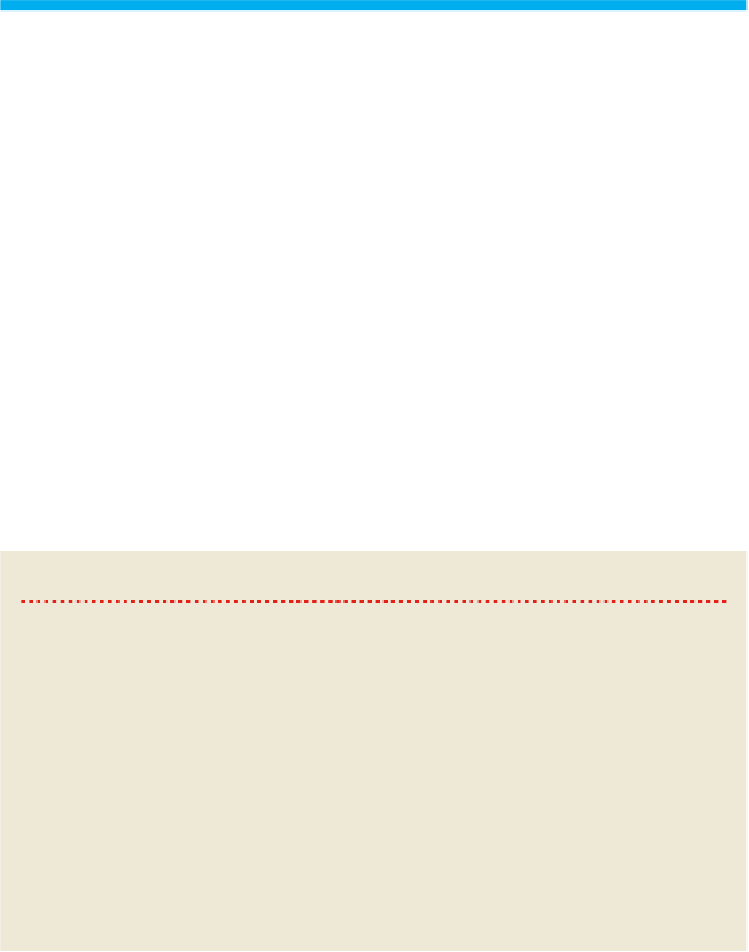Travel Reference
In-Depth Information
Süm Khökh Burd
The dramatic ruined temple
Süm Khökh Burd
(GPS: N 46°09.621', E 105°45.590')
, which sits
on an island in the middle of a tiny, usually-dry lake, was built in the 10th century. Re-
markably, the temple was built from rocks that can only be found more than 300km
away. It was abandoned and left in ruins a few centuries after it was built.
Three hundred years ago a palace was built here, and 150 years later the writer Danzan
Ravjaa built a stage on top of the ruins. Enough of the temple and palace remain to give
you some idea of their previous magnificence. Even in ruins, it's an impressive sight,
thanks largely to its remote location.
The lake itself,
Sangiin Dalai Nuur
, only encircles the palace after heavy rains; most
of the time, you can walk or drive up to the ruins, but it's better to walk, given the ecolo-
gical sensitivity of the area. There is good
birdwatching
here: various species of eagle,
goose and swan come to this spring-fed lake in summer and autumn.
The
Süm Khökh Burd Ger Camp
( 9906 4388; per person with meals T25,000)
over-
looks the ruins. It's an old socialist place that has a shower block with hot water and a
generator, but little charm. It is, though, slated for renovation so could be a half-decent
tourist camp by the time you get here.
The temple is located 72km northeast of Erdenedalai, 65km northwest of Mandalgov
and 21km west of Baga Gazryn Chuluu.
CAMELS
Known as ships of the desert, the Mongolian Bactrian camel is a two-humped
ornery beast with a shaggy wool coat. They can still be seen today, hauling goods
and people across the Gobi, as they have done for centuries.
Your first encounter with a camel may be a daunting experience: it will bark, spit
and smell like a sweaty armpit. But, excusing its lack of graces, the camel is a ver-
satile and low-maintenance creature: it can last a week without water and a month
without food; it can carry a lot of gear (up to 250kg - equal to 10 full backpacks); it
provides wool (on average 5kg per year) and milk (up to 600L a year); and is a
good source of (somewhat gamey) meat. The camel also produces 250kg of dung
a year; invaluable for fuel.
Monitoring the hump is an important part of camel maintenance. A firm and tall
hump is a sign of good health, while a droopy hump means the camel is in need of
food and water. If a thirsty camel hasn't had a drink for some time, it can suck up
200L of water in a single day. Most camels are tame, but male camels go crazy


